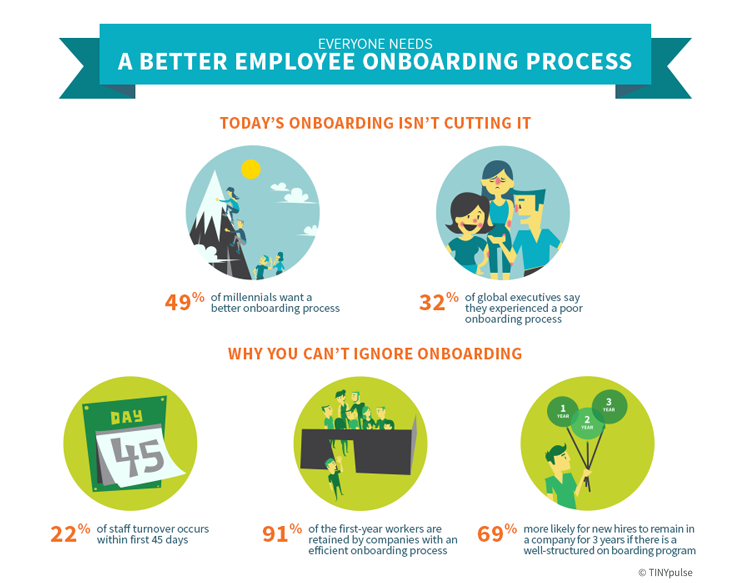Welcome to the ultimate guide on employee onboarding in the tech industry. In order to create a successful and productive work environment, it is crucial to provide new hires with a seamless onboarding experience. This article will discuss the importance of employee onboarding, key elements to include in the process, and best practices to ensure a smooth transition for new employees.
The Importance of Employee Onboarding
Employee onboarding plays a vital role in setting the stage for long-term success in any organization. It helps new hires feel welcomed, valued, confident, and equipped with the necessary tools and knowledge to excel in their roles. A well-designed onboarding process not only enhances employee engagement but also reduces turnover rates.
Key Elements of Employee Onboarding
1. Preparing Ahead
Before their first day, new hires should receive all relevant documentation, including contracts, benefit information, and company policies. A detailed agenda should be provided, outlining their induction program and introducing them to their team members. This initial preparation ensures a smooth transition and minimizes any first-day jitters.
2. Welcoming and Orienting
On the first day, new employees should be warmly welcomed by their team and given a tour of the office. Providing an overview of the company’s history, culture, mission, and values is essential in creating a sense of belonging. Introducing them to key personnel and explaining their roles helps establish early connections within the organization.
3. Training and Development
Providing comprehensive training for new hires is crucial to their success. This should include technical training specific to their role, as well as an introduction to any software or systems they will be using. Offering mentorship programs and assigning a dedicated mentor to guide them through their initial period can significantly enhance their learning experience.
4. Clear Communication and Feedback
Regular and transparent communication is key during the onboarding process. Managers should clearly communicate expectations, goals, and responsibilities to new hires. This ensures a shared understanding of what is expected and allows for timely course corrections. Providing ongoing feedback and recognizing achievements will contribute to their growth and motivate them to perform at their best.
5. Social Integration
Helping new hires integrate socially within the company is essential for their overall job satisfaction and long-term engagement. Organizing team-building activities, social events, and encouraging participation in company-wide initiatives fosters a sense of camaraderie and collaboration amongst employees.
Best Practices for Employee Onboarding
1. Personalization
Every new hire is unique, with different backgrounds, experiences, and skill sets. Tailoring the onboarding process to each individual’s needs ensures a more engaging and effective experience. Get to know their interests and career aspirations to provide the necessary resources and opportunities to foster their growth.
2. Continuous Improvement
Onboarding does not end after the initial weeks. Regularly evaluating and refining the process based on feedback from new hires and managers is essential to its effectiveness. Embrace a culture of learning and iterate on the onboarding program to address any areas of improvement.
3. Technology Integration
Incorporating technology into the onboarding process streamlines administrative tasks and enhances engagement. Utilize digital platforms for paperwork, training modules, and interactive materials. This not only saves time but also enables new hires to access resources at their convenience.
4. Mentoring and Buddy Programs
Assigning mentors or buddies to new hires creates a support system and enables them to navigate the organization more effectively. Mentors can provide guidance, answer questions, and help new employees build relationships within the company.
5. Measure Success
Establishing key performance indicators (KPIs) and tracking the success of the onboarding process is crucial to measure its effectiveness. Monitor retention rates, employee satisfaction surveys, and early performance indicators to identify areas for improvement and ensure the success of the program.
Conclusion
Effective employee onboarding is essential for setting new hires up for success in the tech industry. By incorporating the key elements discussed in this article and implementing best practices, organizations can ensure a seamless transition for new employees, leading to increased engagement, reduced turnover, and ultimately, a more productive workforce.

